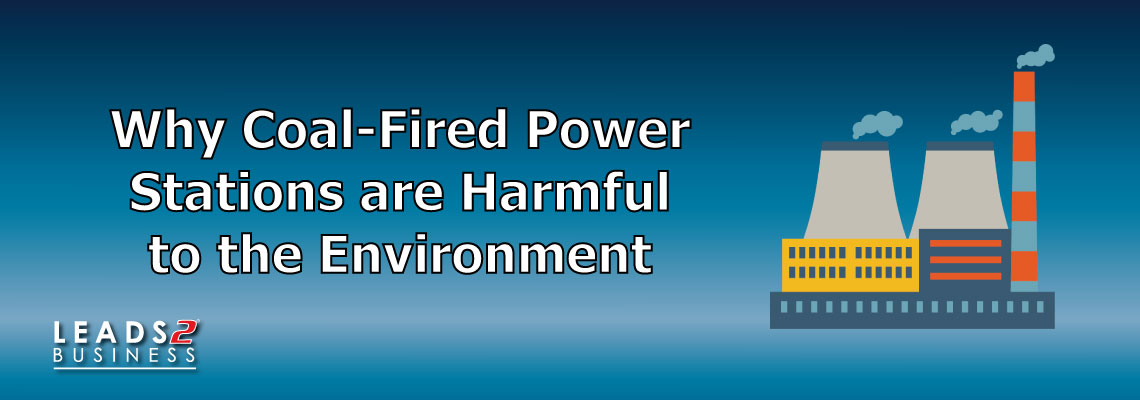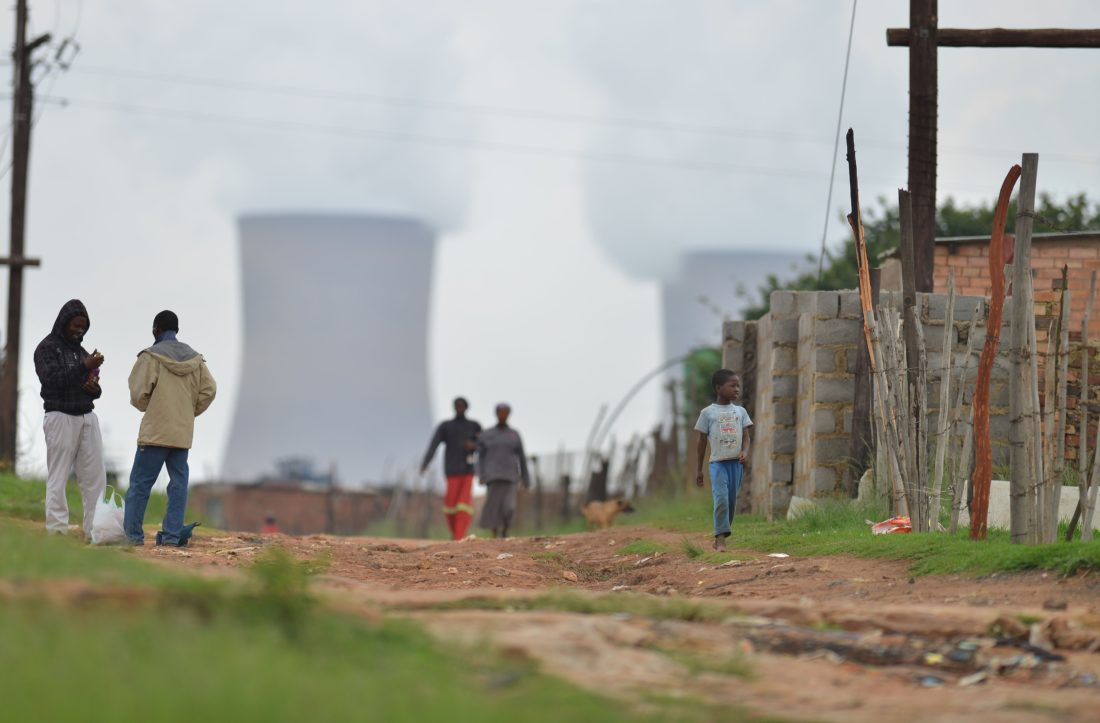
Why are coal-powered power stations harmful to the environment?
Fossil fuels are indeed the top fuels used all over the world for generating power and electricity. Among the fossil fuels, coal is the most widely used fuel in power plants. Coal-fired power plants boiler use different kinds of machinery that convert heat energy produced from combustion into mechanical energy. Coal, gas, and oil are fossil fuels responsible for most of the world’s electricity and energy demands. Coal, which is readily available in most of the developing and developed world, has been used as a major source of fuel even in ancient human civilizations. It also found its use in historic steam engines at the dawn of the industrial revolution.
There are many advantages to coal power stations like Reliability, Affordability, Safety, etc. but as much as coal is reliable and affordable how safe is it?
The major disadvantage of coal is its negative impact on the environment. Coal-burning energy plants are a major source of air pollution and greenhouse gas emissions. In addition to carbon monoxide and heavy metals like mercury, the use of coal releases sulfur dioxide, a harmful substance linked to acid rain.
Air pollution from coal power stations causes disease and kills thousands of South Africans every year, says UK expert. Air pollution from coal-fired power stations kills more than 2,200 South Africans every year and causes thousands of cases of bronchitis and asthma in adults and children annually.
In 2016 these were the statistics that were provided by Dr Holland to the Department of Environmental Affairs and to members of the Environmental Affairs and Health Portfolio Committees
2 239 deaths per year: 157 from lung cancer; 1 110 from ischaemic heart disease; 73 from chronic obstructive pulmonary disease;719 from strokes; and 180 from a lower respiratory infection
2 781 cases of chronic bronchitis per year in adults
9 533 cases of bronchitis per year in children aged 6 to 12
2 379 hospital admissions per year
3 972 902 days of restricted activity per year
94 680 days of asthma symptoms per year in children aged 5 to 19
996 628 lost working days per year
All these statistics and yet the Minister of Mineral Resources unveiled the long-awaited Integrated Resource Plan, saying “coal will continue to play a significant role in electricity generation. This is a 10-year plan which includes increasing the country’s current 47,000 megawatts of energy by 1,500 megawatts from coal, 2,500 megawatts from hydro, 6,000 megawatts from solar and 14,400 megawatts from wind. Mantashe said coal would contribute 59% of the country’s energy, as “the country has the resource in abundance” and coal-fired power plants “are going to be around for a long time.”

For clean fresh air, we must say no to coal. It continues to fuel climate change, supercharge extreme weather events, poison our air and consumes precious freshwater.
Sources:
Phys
LinkedIn
The Guardian
CER
To view more Articles, please visit our Leads 2 Business Blog.
If you are interested in becoming one of our subscribers, please visit Leads 2 Business.
To view notes with screenshots on how to use our website, please visit Leads 2 Business Wiki.
About Nazeema Sishi
I am a content researcher who just started with Leads 2 Business in February this year, I work in the Daily Tenders South Africa department. I am a young vibrant lady who enjoys meeting new people and doing new things. I welcome challenges and always find new ways of doing things. I am a mum and I love spending time with my not so little, very talkative son.



